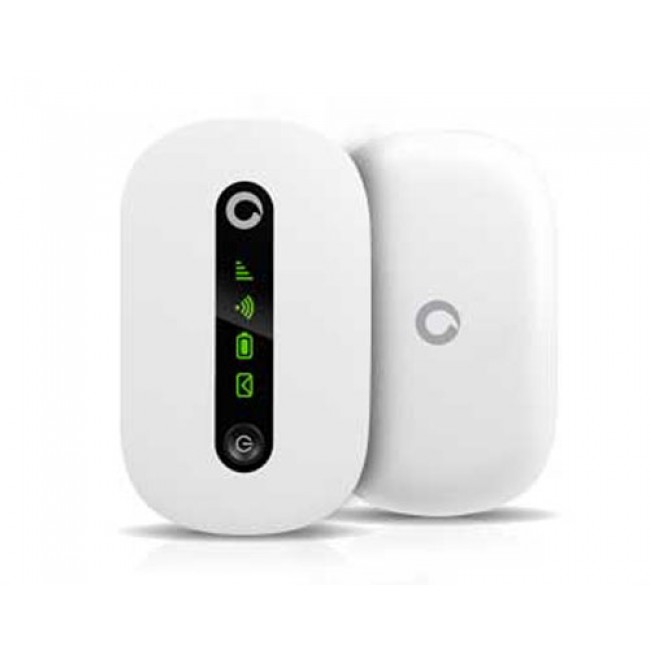

- #Vodafone mobile broadband modem huawei driver mac os x#
- #Vodafone mobile broadband modem huawei driver install#
- #Vodafone mobile broadband modem huawei driver serial#
- #Vodafone mobile broadband modem huawei driver driver#
They are almost "Plug n' Play", a special trait of Linux. Most SIM and data services provided together with the device do not require special settings and work with similar configuration to get connected. You should have ppp already, if not just pull them both in by installing the wvdial and ppp packages.
#Vodafone mobile broadband modem huawei driver install#
Most convenient of all would be wvdial, so install it. This is a "Quick Start" after all, no? The ports: You should see three renditions of ttyUSB. $ sleep 6 # the modem may take a while to initialize The usb-storage and/or usbserial modules must be loaded, whether manually or by HAL is up to you and/or your system. After hooking up to the USB port (some say an upright position is best let it hang over the edge of the desk), check to make sure it is detected. You can just try Plug 'n Dial first to see if it works (I will give you free beer if it does!).
#Vodafone mobile broadband modem huawei driver driver#
You are good to go then.įor Vodafone brands of this device, you can use vodafone-mccd which is the Vodafone Mobile Connect Card Driver for Linux. Now you should see it listed in the Network Manager applet. If it is not showing up, unplug and plug in the modem again to refresh the connection. Set the configuration according your network usually apn, username, and password.Īctivate the connection by choosing it on the Network Manager applet.

Then, from nm-applet add a Mobile Broadband configuration via 'Edit Connections.'. Make sure the modem is connected I used a cable with two USB port like the one for an external hard drive. Start the nm-applet if it has not started yet. Start the networkmanager daemon from rc.conf or manually using /etc/rc.d/networkmanager start. The required packages are modemmanager and network-manager-applet from extra. (Note: You can follow these instructions too if lsusb detects your Huawei E180 as E220.) I tested using Huawei E270, but since lsusb said that my modem is E220/E270, I assume it is the same. If you are using network-manager then this modem should be plug 'n play.
#Vodafone mobile broadband modem huawei driver mac os x#
This is probably due to the fact that we are communicating directly with the modem, whereas in Windows or Mac OS X drivers are installed on first run (that is what the storage portion is for) and connection is achieved through a thick software layer every time, leaving room for possible interferences and conflicts. In fact, using the modem under Linux proves to be more reliable as there are no uncalled-for disconnections. However, as support for it was added in 2.6.20 via modules usb-storage and usbserial, getting it to work is as simple as plugging it in and dialling up (the above statement is of no concern to us as we can load and unload modules at will, it was probably meant for pre-packaged GNU and Linux distributions).
#Vodafone mobile broadband modem huawei driver serial#
"Linux kernel versions prior to 2.6.20 have some problems with it, as the SCSI CDROM fakevolume with drivers for Microsoft systems gets automounted by usbstorage.ko module, preventing serial device /dev/ttyUSB0 from working properly." With a kernel version older than 2.6.20, getting Linux to recognize the device as a modem and accessing its functions requires a workaround. Technically it is a modem, USB and (due to the CDFS format) CD-ROM device. Marketed by various telecommunications companies in several countries, the E220 is a 3.5G HSDPA USB modem used mainly for wireless Internet access via mobile telephony networks. (Discuss in Talk:Huawei E220) Introduction Reason: References to "rc.conf" not updated since 2013.


 0 kommentar(er)
0 kommentar(er)
